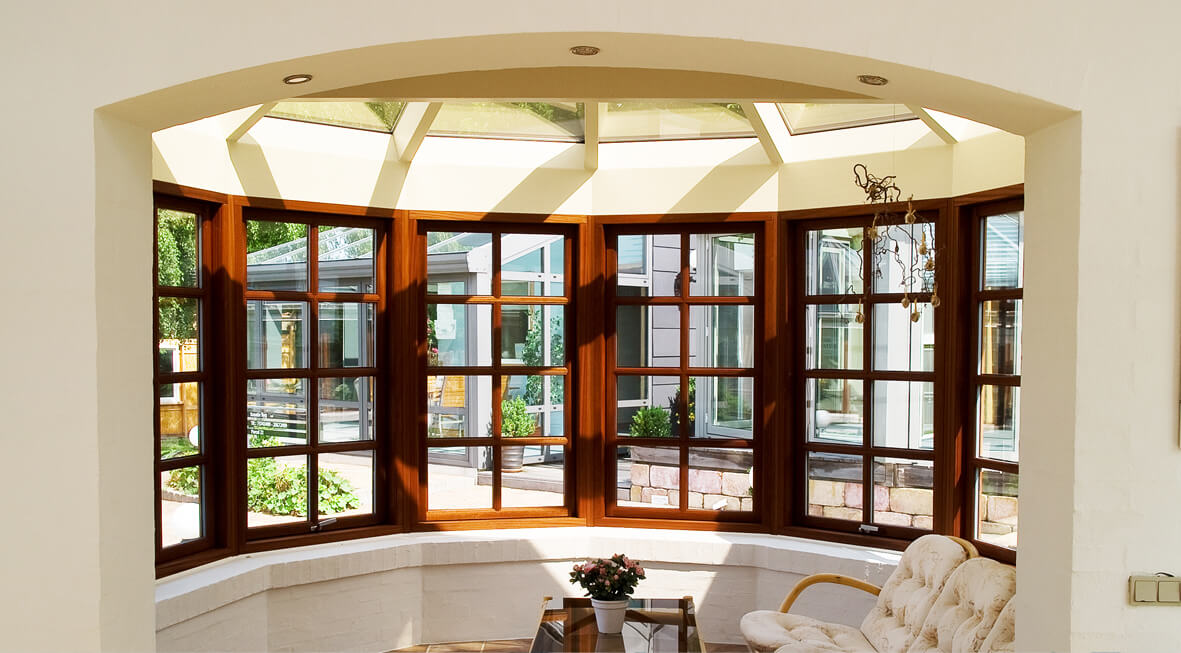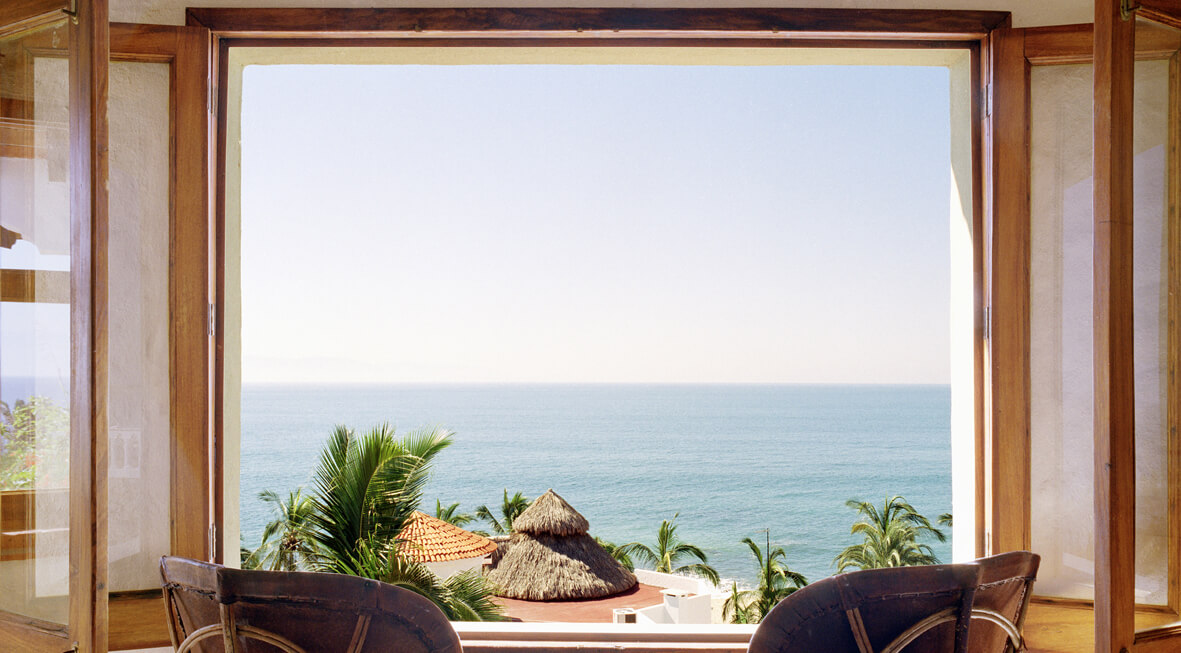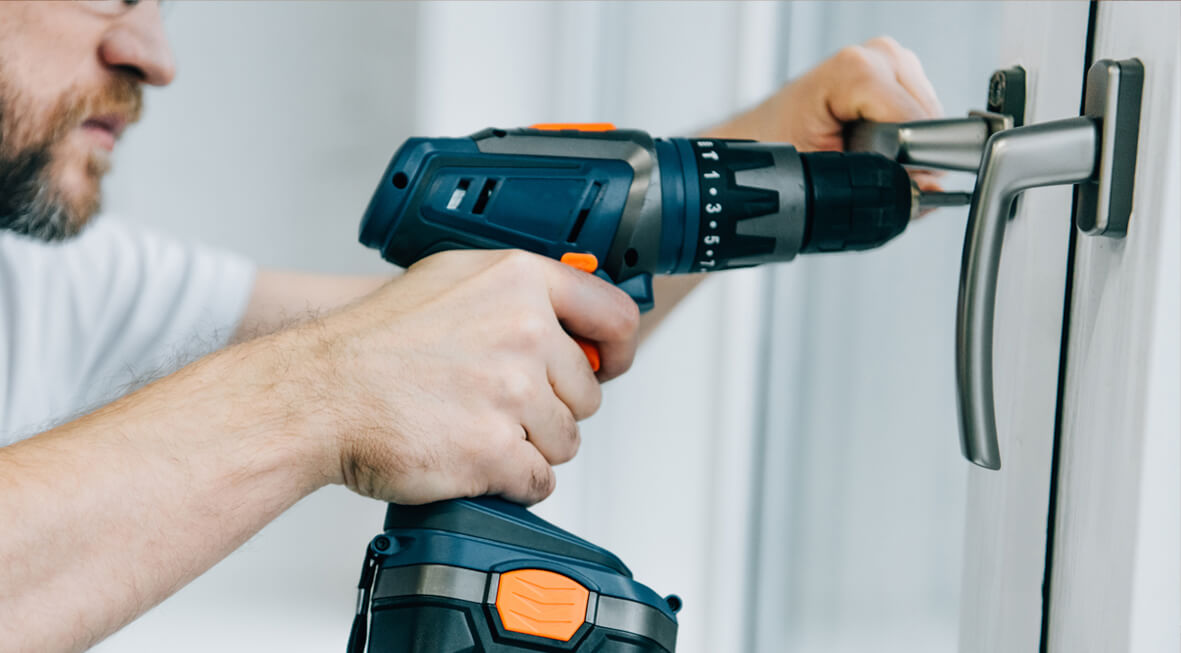A Buyer’s Guide to the Best Replacement Windows

High Energy Bills
Much of the energy generated in your home to maintain a conducive indoor living space environment escapes from your home if you lack proper insulation. One of the common culprits for energy loss is your window. If you feel that you have had enough of relatively high energy bills and want to have a more valuable yet energy-efficient home, then it’s time to replace those windows.

Post-Storm Repairs
Severe storms can take a toll on any home. Your property might still be standing, but a lot of the structures could be compromised, waiting for that moment to fall apart. So, before you go back to your everyday life, taking precautionary measures such as repairing electrical wiring is essential. However, when it comes to your windows, it is almost sure that they will need a replacement, especially if they are old.

When You Want a Makeover
Renovating a home brings about a sense of joy that every homeowner looks forward to with a measure of satisfaction. You get to enjoy a new, improved, and more efficient design in your old house. However, going through the makeover process involves your windows in no small part. You could want to introduce new windows or replace the old ones for a more efficient and attractive view.

When The Windows Are A Threat To Your Safety
Though many house break-ins happen through the front door, the second most common entry point is the windows. When your window fails to open or close well, is a single pane with no added security feature, or has a damaged lock, then they are a threat to your safety. To protect your property and family, then a window replacement would come in handy.

If You Have Warped, Damaged Or Broken Windows
Here, consider the cost of repair vis-à-vis replacement. If your windows need new weather-stripping, locks, or other minor hardware changes, then a repair is the cost-effective approach. However, if you need significant changes, such as damaged, deformed, and broken window frames, then a replacement becomes the plausible solution to avoid inconveniences in the future.
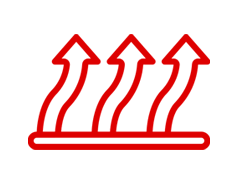
Moisture Damage
When you notice that the walls near your windows are experiencing water damage, your windows are probably leaking. The repair solution for this concern entails sealing the window with a waterproof material, but this can only last for so long. Instead, you can choose to replace the window to avoid any more breaches on your windows.
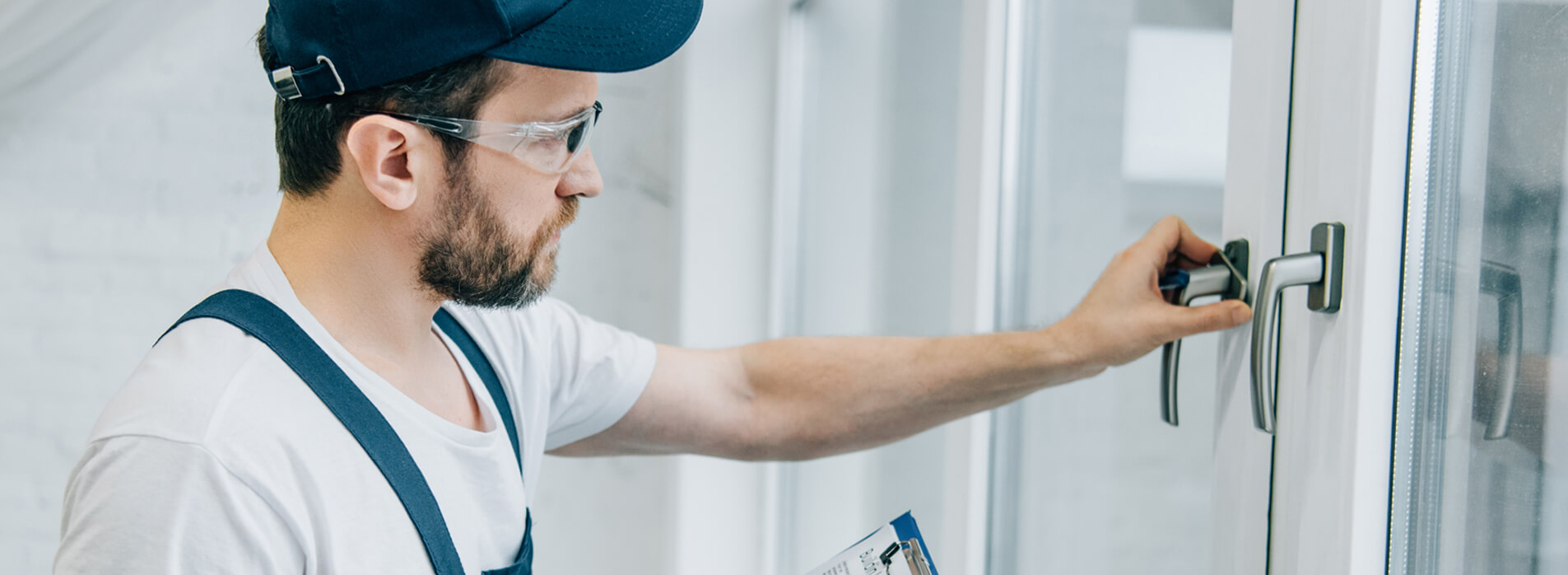
Read This Categories Before Replacing Your Windows
How to Reinforce Your Windows
Types of Glasses to Use on Your Windows
The Proper Maintenance for Your Windows
Final Remarks
Hiring A Windows Contractor


